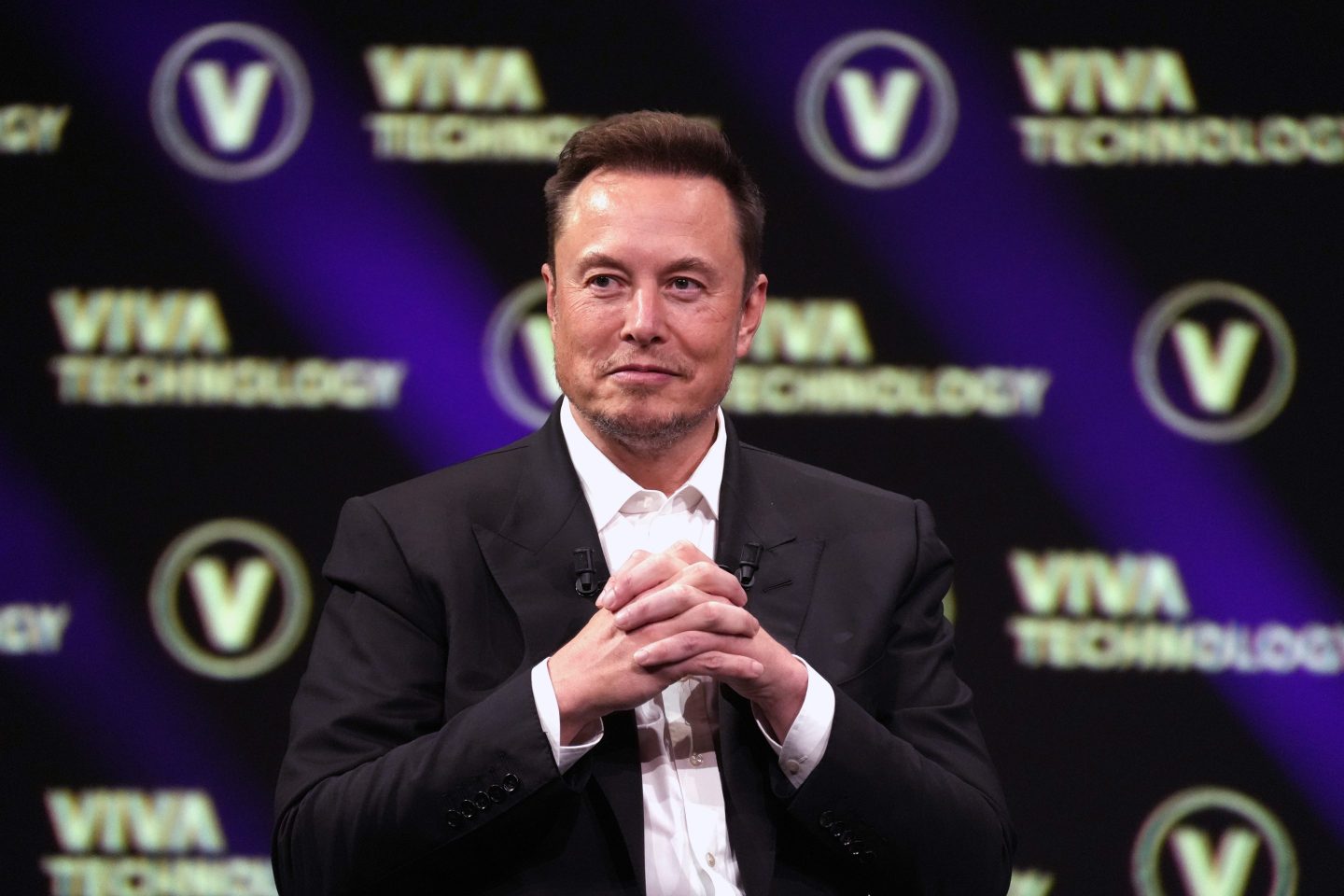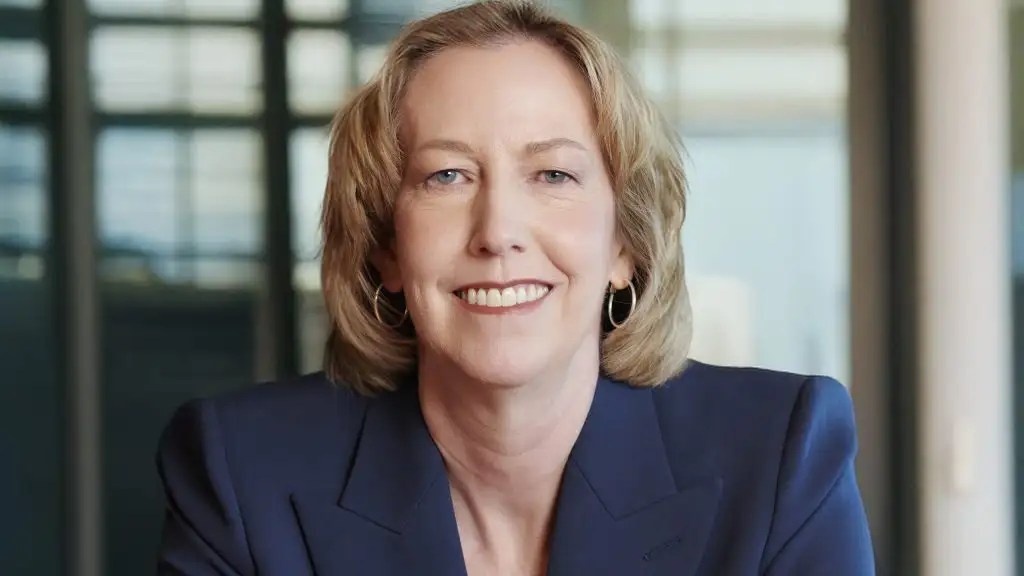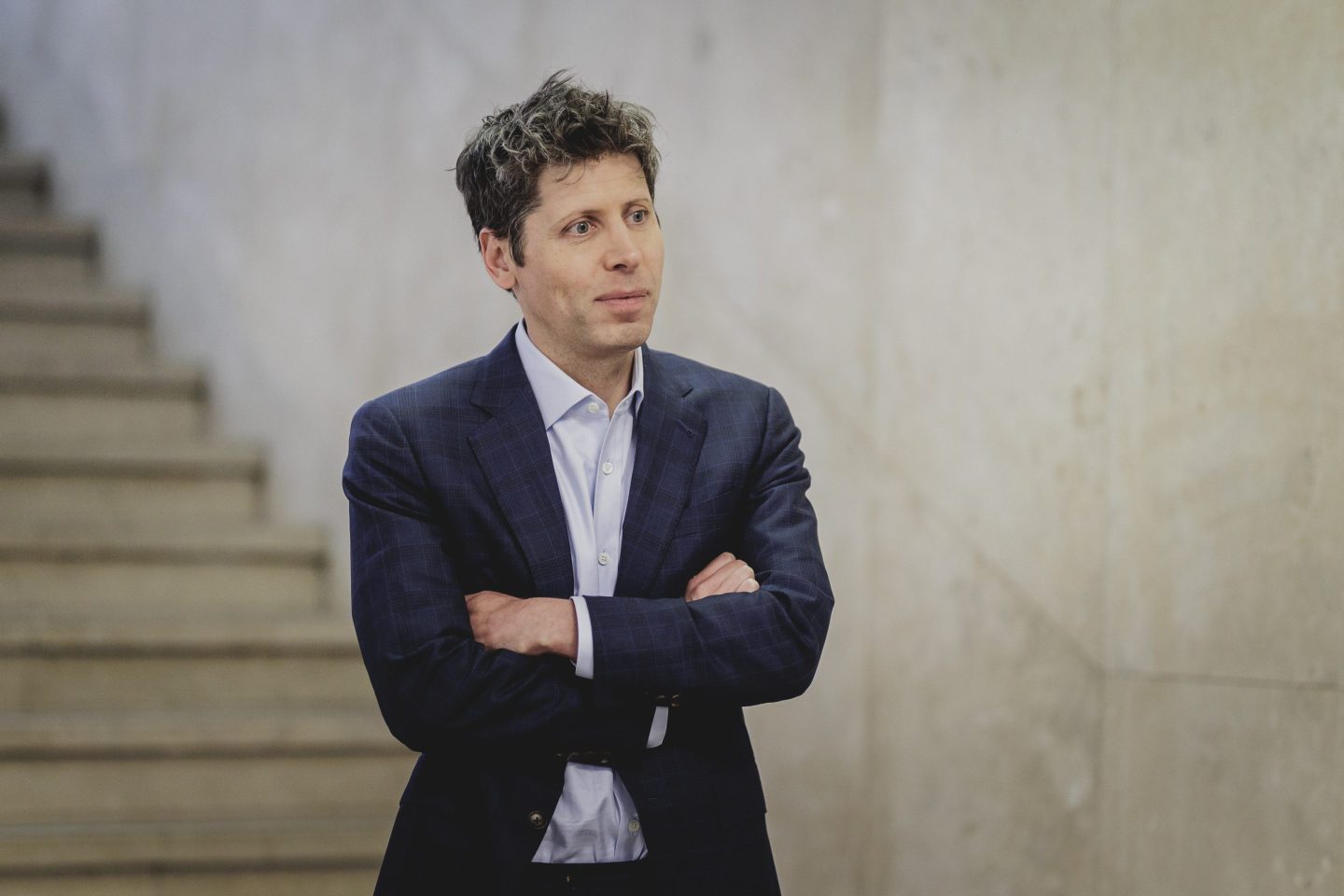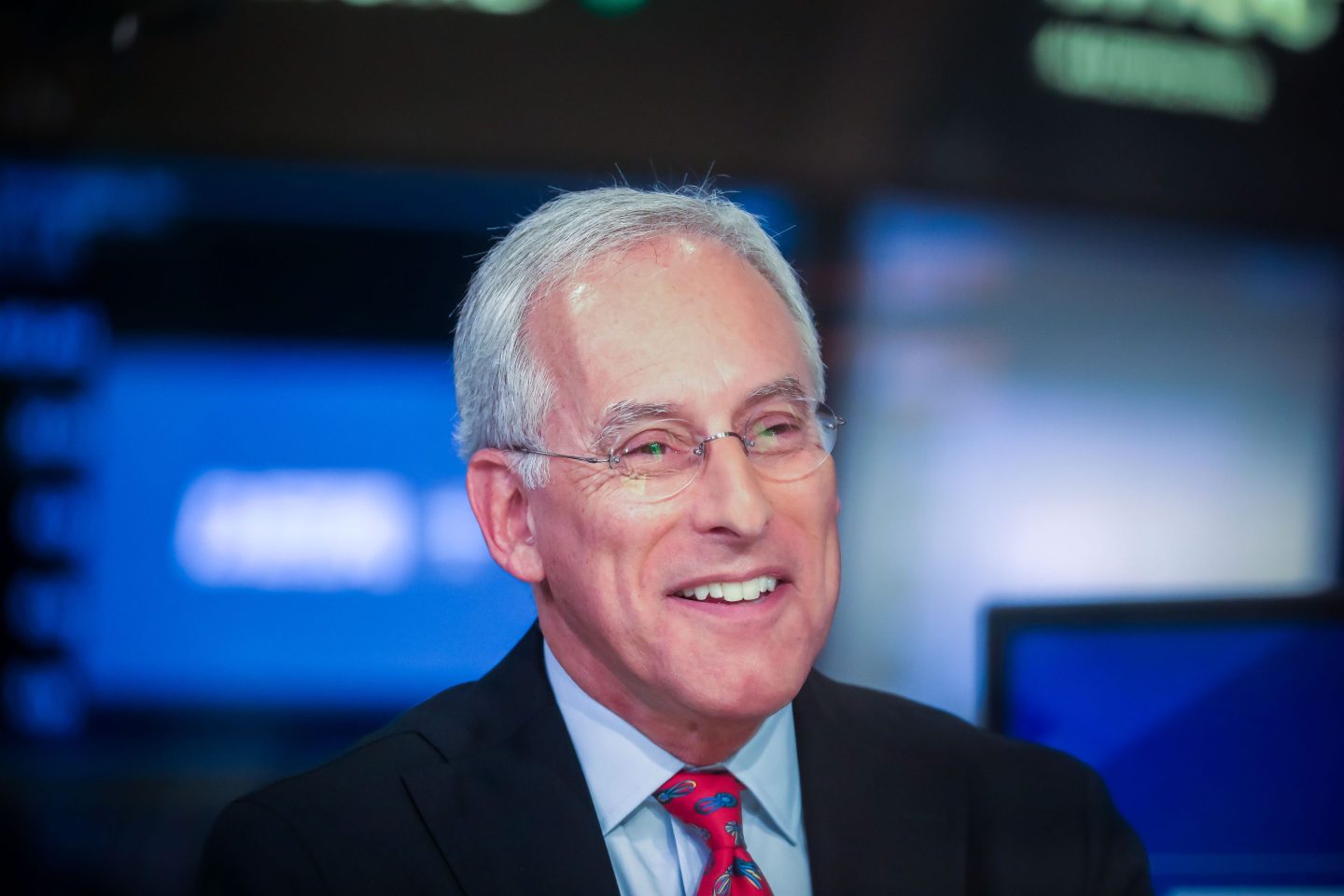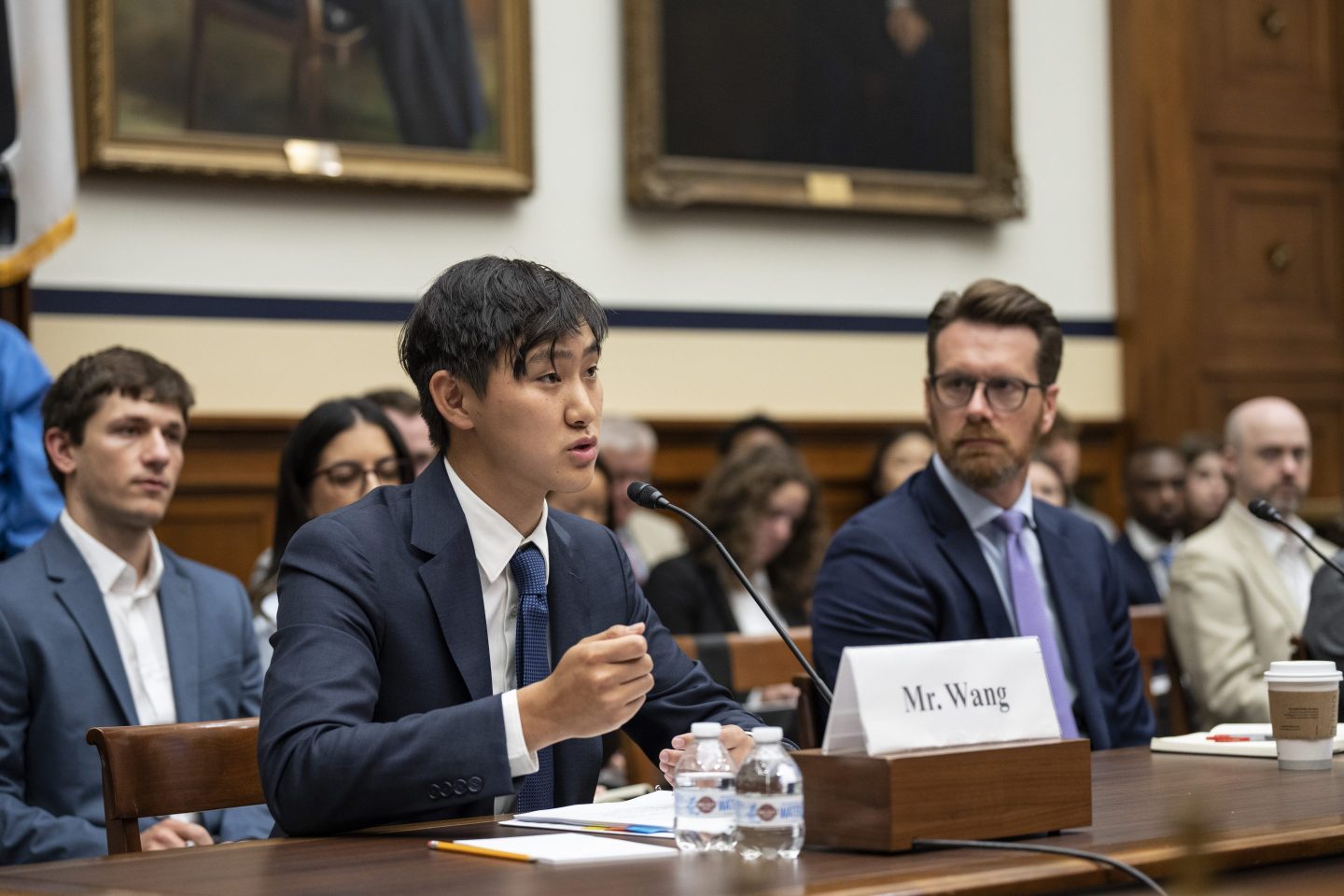Good morning.
Elon Musk last week said that his Neuralink company has implanted its first brain chip in a human being, kicking off a lot of debate and hype about the implications of the technology. (It doesn’t help that Musk has claimed it could imbue us with superpowers and save humanity from AI.)
Let’s start by right-sizing expectations. The U.S. Food and Drug Administration has let Neuralink and its competitors test their implantable brain-computer interface (BCI) on motor function, enabling users to control a device by thinking. “The FDA is constraining these implants to the top of the head, which is the most easily reproducible area of the brain,” says Andreas Forsland, the founder and CEO of Cognixion, which has developed a wearable interface essentially designed to be a noninvasive alternative to Neuralink. He cautions that any talk of cures—never mind superpowers—is distinctly far away.
Of course, we can’t ignore the potential for broader and more nefarious use cases. If hackers can commandeer a baby monitor, imagine what they might do if they get access to your brain.
But let’s also imagine the possibilities. Gina Kline is founder and managing partner of Enable Ventures, an impact venture fund dedicated to closing the disability wealth gap. “We are entering a period where technology has transformative power to uplift the self-determination, independence, and economic participation of people with disabilities,” Kline notes.
I’ve certainly witnessed that in my own family after my sister and brother-in-law got cochlear implants that made it easier for them to communicate with others. I’ve also seen the financial stress as implants typically need to be replaced every four or five years, at a personal cost of more than $10,000 per implant after insurance. My sister’s last one was destroyed by a distraught child in the New York City public school where she works as a social worker; my brother-in-law, a professor of marketing at Gallaudet, is waiting to replace a broken one. Imagine if brain implants aren’t fully covered, either.
Technology aimed at helping people with disabilities often benefits the rest of us. The late ABC executive Julius Barnathan developed closed captioning on TV to help deaf viewers while Vint Cerf, who’s hard of hearing, became a “father of the internet” in part because he was seeking to create new communication tools for the deaf. And, as my brother-in-law Michael Janger is finding in his research, understanding and addressing the needs of disabled consumers is good business. “It’s still a largely untapped and unknown market,” he says.
One leader who does understand the power of that market is Jenny Lay-Flurrie, Microsoft’s chief accessibility officer. She often talks about the link between disability, accessibility and innovation, and even hosts an annual summit about it. Cognixion’s Forsland, for one, says accessibility is no longer considered a charitable act but table stakes for consumers who demand personalization and smart design.
Whether Neuralink unleashes superpowers remains to be seen, but it certainly draws attention to the potential of technology to help people with disabilities unleash their talents. Alex Dunn, founder and CEO of Cephable, a disability tech startup, applauds the Neuralink team for “their dedication to pushing the boundaries of what’s possible.” He even sees potential synergies and partnerships that start with giving users control of how their data is used and access to the technology they need.
More news below.
Diane Brady
@dianebrady
diane.brady@fortune.com
TOP NEWS
Should Musk stay as Tesla’s CEO?
Sanctions hits Russia’s aviation sector
Western sanctions on Russia’s aviation sector are starting to bite. Following Russia’s invasion of Ukraine, Western governments barred companies from offering spare parts and maintenance services to Russian airlines. There were 74 safety incidents with Russian airlines in 2023, twice as many as 2022. The Wall Street Journal
A different kind of AI model
Fashion retailers are exploring using AI-generated models to save money, relying on digital avatars rather than real-world models to sell clothes. That’s worrying modeling agencies that fear that digital avatars might put photographers and models out of jobs. And while AI startups say the new technology might allow marketing to target a more diverse population, experts note that image-generating AI can replicate existing biases on race and gender. Fortune
AROUND THE WATERCOOLER
Could AI create a one-person unicorn? Sam Altman thinks so—and Silicon Valley sees the technology ‘waiting for us’ by Paolo Confino
Gen Z ushers in a new era of prohibition but not because of a widespread temperance movement—it’s just the economy by Chloe Berger
The ‘beauty bubble’ is real. Just ask the man who’s been studying the link between being hot and making more money for 30 years by Irina Ivanova
Gen Z’s self-sabotaging spending on ‘caviar bumps’, luxury holidays and designer bags is being driven by housing market rebellion and influencer lifestyle envy by Orianna Rosa Royle
Scrub Daddy’s famous sponge was rejected by a Fortune 500 company and forgotten in a box for years. It’s now a $220 million empire by Kevin Sanchez Farez
This edition of CEO Daily was curated by Nicholas Gordon.
This is the web version of CEO Daily, a newsletter of must-read insights from Fortune CEO Alan Murray. Sign up to get it delivered free to your inbox.
